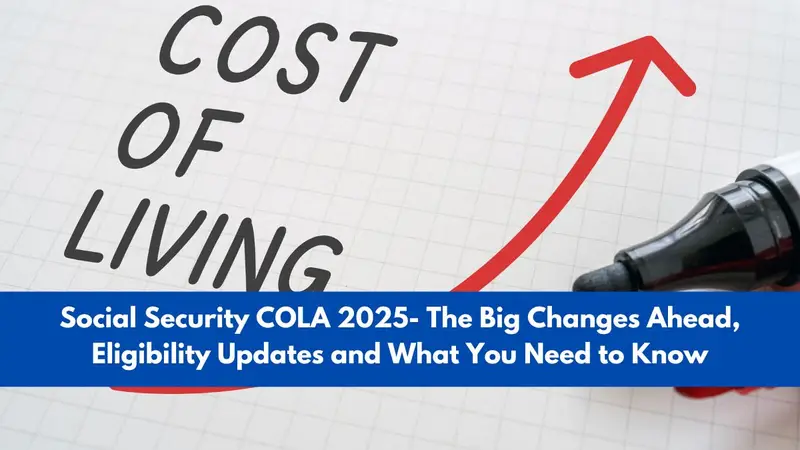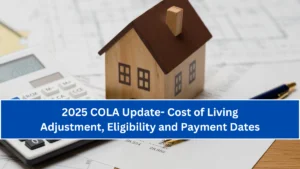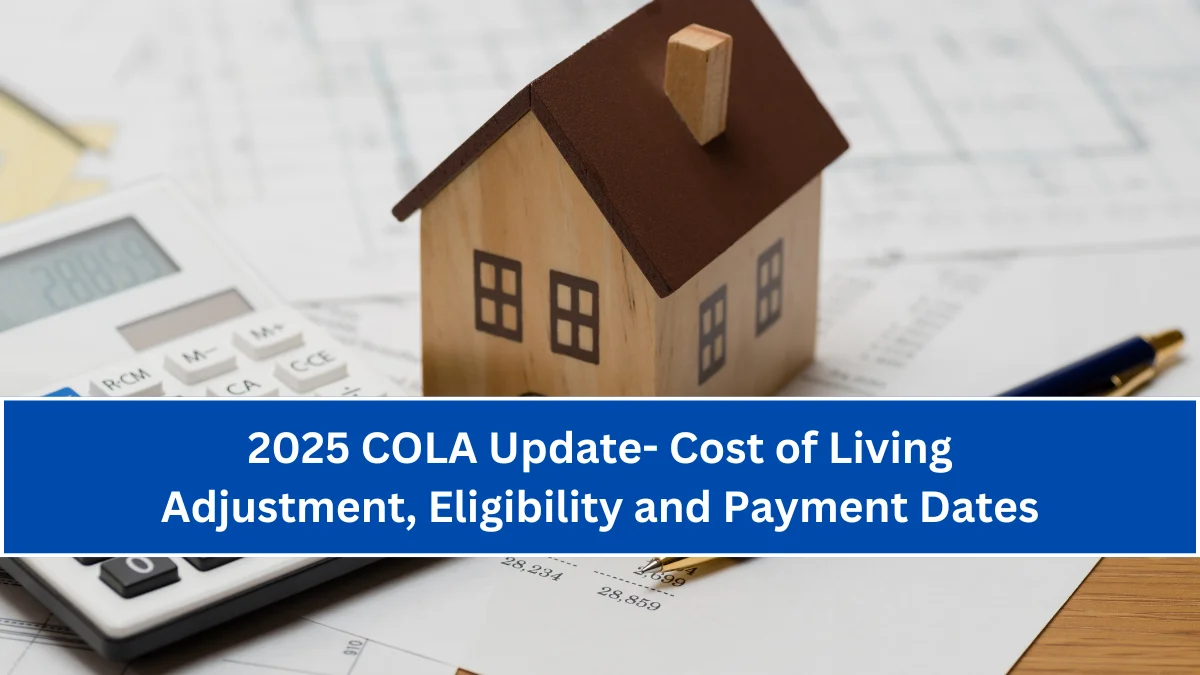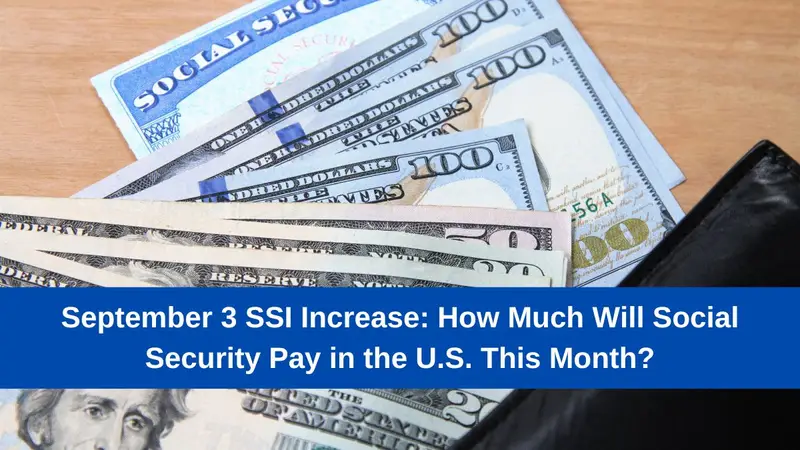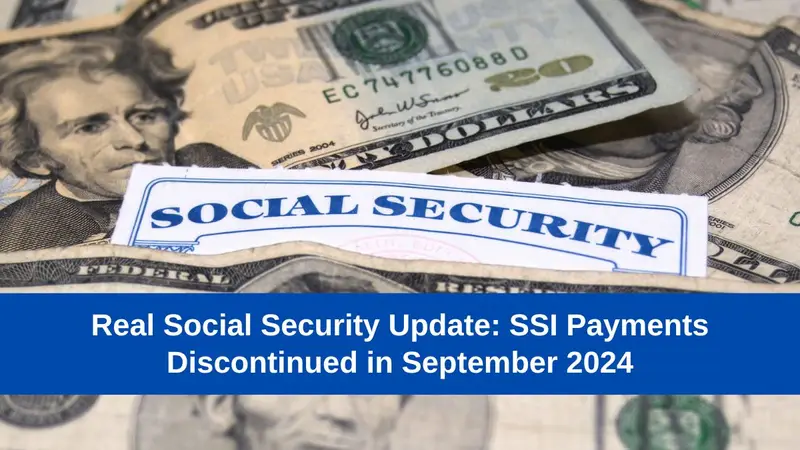Social Security’s Cost-of-Living Adjustment (COLA) plays a crucial role in ensuring retirees and other beneficiaries maintain their purchasing power despite inflation. As we approach 2025, significant changes are expected in the COLA landscape.
This comprehensive article dives into the projected COLA updates, eligibility requirements, and the key factors influencing the adjustment.
From projected increases to who qualifies, this guide provides everything you need to know to prepare for the upcoming Social Security changes.
What is the Social Security COLA?
The Social Security Cost of Living Adjustment (COLA) is an annual adjustment to benefits, designed to keep up with inflation and the rising cost of goods and services.
Introduced in 1975, COLA helps maintain the purchasing power of Social Security benefits over time.
The adjustment is based on the Consumer Price Index for Urban Wage Earners and Clerical Workers (CPI-W), and it typically reflects increases in prices of essential goods like food, housing, and healthcare.
Projected COLA Increase for 2025
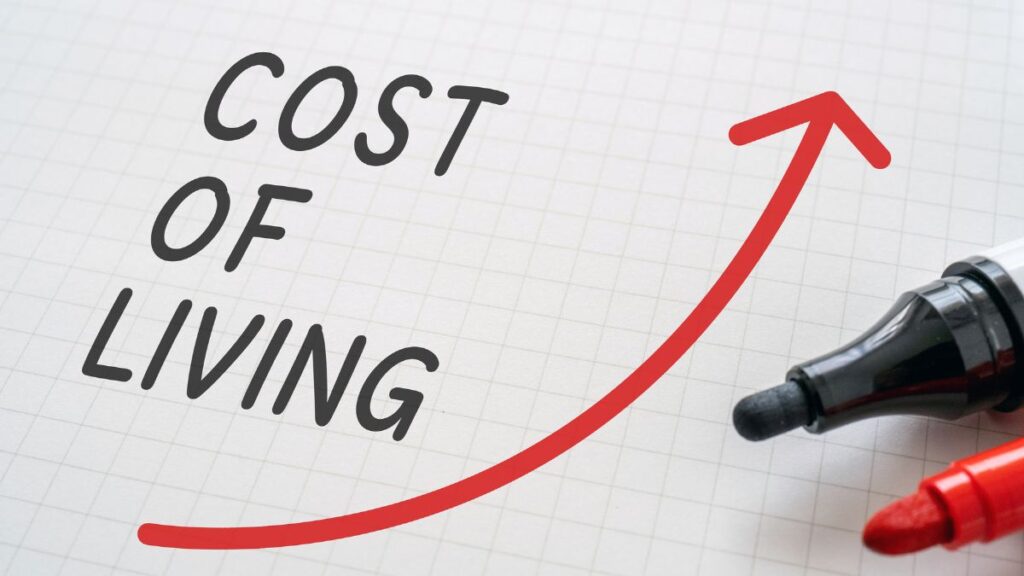
As of the latest estimates, the COLA for 2025 is expected to be around 2.6%. This is lower than the 8.7% increase beneficiaries experienced in 2023 but aligns with current inflation trends. The adjustment aims to help recipients manage rising living costs while stabilizing benefits as inflation moderates.
| Year | COLA Increase | Average Monthly Benefit |
|---|---|---|
| 2023 | 8.7% | $1,827 |
| 2024 | 3.2% (estimated) | $1,890 |
| 2025 | 2.6% (projected) | $1,940 |
The CPI-W, which determines the COLA, measures inflation by tracking the cost of a market basket of goods and services. The 2025 adjustment is lower than previous years due to recent reductions in inflation rates across key economic sectors.
Eligibility Criteria for COLA in 2025
To qualify for the 2025 COLA adjustment, individuals must already be receiving Social Security or Supplemental Security Income (SSI) benefits by December 2024. Here are the groups that will benefit from the COLA:
- Retirees: People who receive Social Security benefits due to retirement.
- Disabled Individuals: Recipients of Social Security Disability Insurance (SSDI) or Supplemental Security Income (SSI).
- Survivors: Spouses and children of deceased workers who receive survivors’ benefits.
- Federal Retirees: Retired federal employees who are eligible for Social Security benefits.
The eligibility remains the same each year, but beneficiaries must continue receiving Social Security payments to receive the annual COLA adjustment.
Factors Affecting the COLA
Several key factors impact the COLA determination each year, including:
- Inflation Trends: The primary driver of COLA increases is inflation, particularly in essential sectors such as food, housing, and medical care.
- Economic Health: Broader economic factors, such as the unemployment rate and economic growth, can influence inflation rates and, by extension, COLA.
- Government Policy: Changes in government policies or the SSA’s methodology for calculating the CPI-W could impact COLA calculations.
- Consumer Prices: Prices for gasoline, healthcare, and other consumer goods are monitored by the Bureau of Labor Statistics and factored into COLA calculations.
How Will COLA 2025 Impact Social Security Beneficiaries?
The projected 2.6% increase will provide a moderate boost in benefits to cover inflationary pressures.
However, with inflation slowing down compared to previous years, this adjustment may not feel as significant as the historic 8.7% jump in 2023. For the average recipient, this increase translates to an approximate $50 monthly benefit rise.
While a 2.6% increase may not fully offset inflationary pressures on healthcare, housing, or food costs, it is still crucial in maintaining the purchasing power of millions of Americans who rely on Social Security as their primary income source.
Will Medicare Premiums Affect COLA Gains?

One important consideration for Social Security beneficiaries is the potential increase in Medicare Part B premiums, which are deducted from Social Security payments. If Medicare premiums rise significantly, it could offset some or all of the COLA increase.
Historically, higher Medicare costs have eroded the COLA benefit, so it’s important for beneficiaries to monitor both Social Security and Medicare updates closely.
Conclusion
The Social Security COLA for 2025 brings a much-needed adjustment to benefit payments, though at a lower rate compared to the previous two years.
Beneficiaries can expect a modest 2.6% increase, which will help offset rising costs of living but may not fully cover inflationary pressures in critical areas such as healthcare.
Staying informed on both Social Security and Medicare developments is crucial for beneficiaries to maximize their financial well-being in the coming years.
FAQs
1. What is the expected COLA for Social Security in 2025?
The COLA for 2025 is projected to be around 2.6%, based on current inflation trends.
2. Who is eligible for the 2025 COLA adjustment?
Individuals receiving Social Security or Supplemental Security Income (SSI) by December 2024 are eligible for the 2025 COLA adjustment.
3. How does the COLA calculation work?
COLA is calculated based on the Consumer Price Index for Urban Wage Earners and Clerical Workers (CPI-W), which measures inflation in essential goods and services.
4. Will Medicare premium increases affect my COLA?
Yes, any increase in Medicare Part B premiums, which are deducted from Social Security payments, could offset some or all of the COLA increase.
5. How does inflation impact Social Security COLA?
The COLA is directly tied to inflation. Higher inflation typically results in a higher COLA to help beneficiaries maintain their purchasing power.
References
- Social Security Administration (SSA) – COLA Information
- Bureau of Labor Statistics – Consumer Price Index Data
- U.S. Government Accountability Office – Social Security & Medicare Trend
